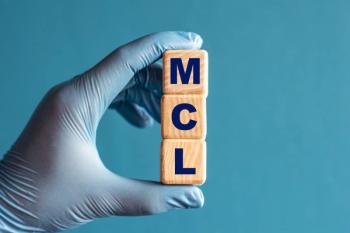
With ACA Repeal on Hold, Return of Health Insurance Tax Worries Business Groups
Large employers that self-insure can avoid the tax, but that option is off limits to small businesses like restaurants or convenience stores.
For a time, it looked like “repeal and replace” would rid small business owners of the costs and insurance mandates they loathed in the Affordable Care Act. But then “repeal”
That means the “
Trade associations long ago created a coalition called "
“Absent immediate Congressional action to repeal or delay the Health Insurance Tax, small businesses and their employees, seniors, and young workers will face a major tax hike—$14.3 billion—when the HIT returns in 2018,” the release states.
Stop the HIT quotes a Congressional Budget Office report that said the HIT “would be largely passed through to consumers in the form of higher premiums for private coverage.”
Although large employers have the option to self-insure and avoid the tax, that is not an option for places like restaurants, funeral homes, retailers, and convenience stores. Employees there are fully insured through the small group market, and these premium costs are not tax deductible for health insurers.
The new report by
- $158 per individual in the non-group market
- $185 per single contract in and $500 per family contract in the small group market
- $188 per single contract $540 per family in the large group market
- $245 per Medicare Advantage member
- $181 per Medicaid managed care enrollee
While trade associations of small employers are listed as members of Stop the HIT, the Oliver Wyman studies are also quoted on the
AHIP calls the tax, “highly regressive, targeting the poor and middle class. Roughly half of the health insurance tax will be paid by Americans earning between $10,000 and $50,000 per year,” through Medicaid and Medicare.
The Oliver Wyman report predicts a host of consequences if the tax returns, such as increased cost sharing in Medicare Advantage and Part D programs, added burdens on small employers who must pay taxes while self-insured employers escape them, and an escalation of “adverse selection” behavior among young adults.
Newsletter
Stay ahead of policy, cost, and value—subscribe to AJMC for expert insights at the intersection of clinical care and health economics.







































